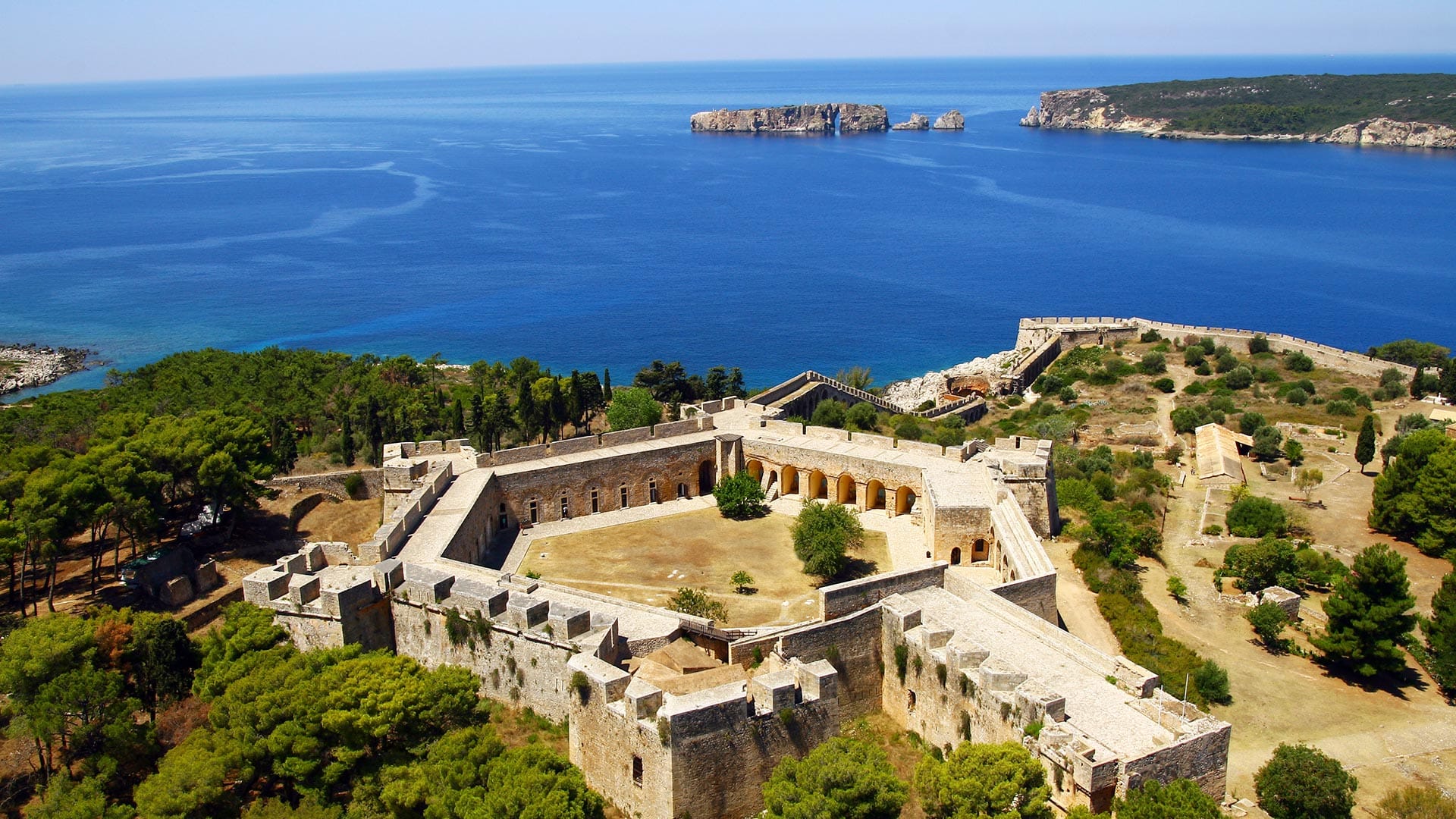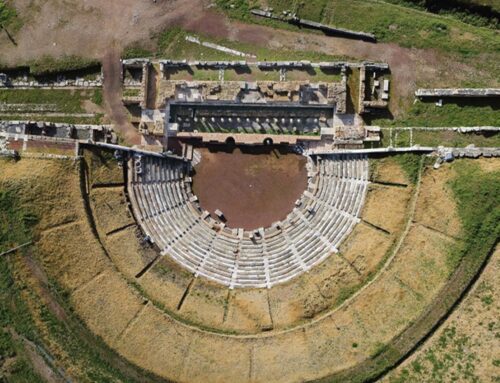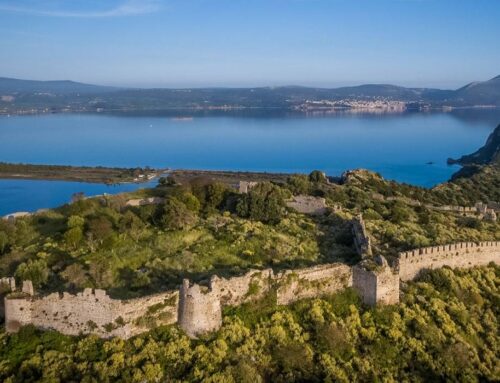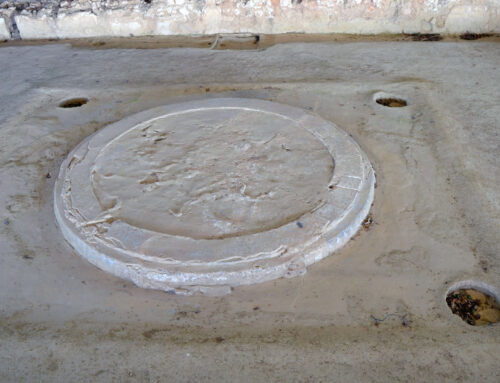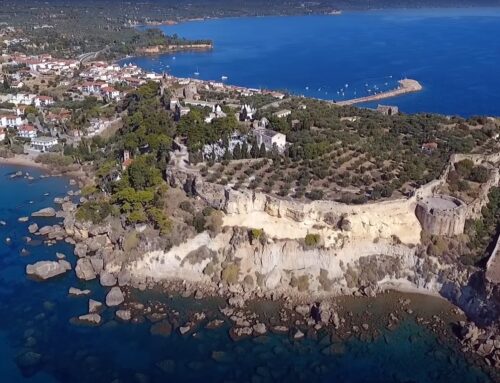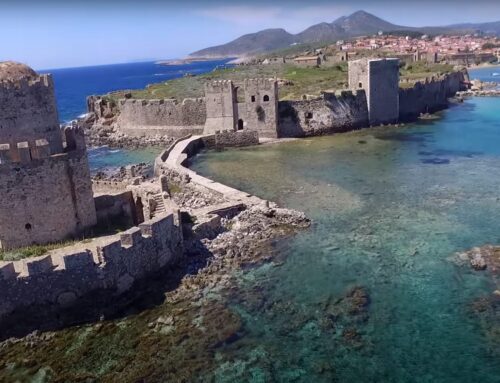In a distance of less than 21km and about 25 minutes of driving, you will find the Fortress Niokastro, within the city of Pylos. The Neokastro or New Navarino (name given in correlation with the Old Navarino) was founded by the Ottomans on 1573 AD, build on a strategic part on the western edge of today’s Pylos, on top of a hill, overlooking and protecting a large portion of the Navarino Gulf.
The city of Pylos is an ideal place for families to visit. In its center you will find the famous square of Trion Navarchon (The Three Admirals), with the large and very old Plane Trees offering dew during the hot summer days and a large area for kinds to play. Apart from your visit on the Niokastro Fortress but also at the Archaeological Museum of Pylos, you can enjoy your swimming on a small beach by the port. You also have a plethora of choices in establishments and restaurants of Mediterranean cuisine, traditional deserts and delicacies, which you can either enjoy them by the sea or below the imposing and protective shade of an ancient Plane Tree.
Historical Background
The Fortress that goes by the name Niokastro, was founded by the Ottomans on 1573, in an attempt to protect the south entrance in Navarino Gulf, the port and the sea trade route in general that was connecting the West World with the East World and vice versa, after experiencing a naval defeat in the area. Between the periods of 1686-1715 it was occupied by the Venetians. On the 1821 the Hellenic rebels overrun the fortress and maintained it until 1825, when it was surrendered to Ibrahim after the fierce resistance of the Hellenes. In October 1827 the fleets of the Great Forces were intervene, in order to cause Ibrahim to stop looting the wider area of Peloponnese, forcing him to a naval confrontation and defeat. The today city of Pylos was founded on 1830 outside the walls of the fortress, which was deserted. The area were the acropolis is, was converted into a prison.
The Niokastro has modern Fortress elements, in comparison with the medieval types, since the period it was build the warfare was conducted with the use of cannons. It has thick walls, in order to withstand the powerful cannonades. They also have an incline, so the projectiles can ricochet upon impact, thus resulting in a less damaging effect. It has strong bastions, with the two most important to be placed in the sea side in order to protect the port and the Gulf. They are named as the “Seventh” and “Santa Maria”. An impressive part of the Fortress is its south wall, which connects the acropolis with the Seventh bastion and was named as the “Megali Verga” (Long Stick). At its higher point, and its more vulnerable, the acropolis was build, which had dry ditch on the outer layers, six bastions and places upon the ramparts for approximately 60 cannons. The entrance to the Fortress was through its Southeast side that lies the imposing gate by the name “Zematistra” (The Boiling One).

